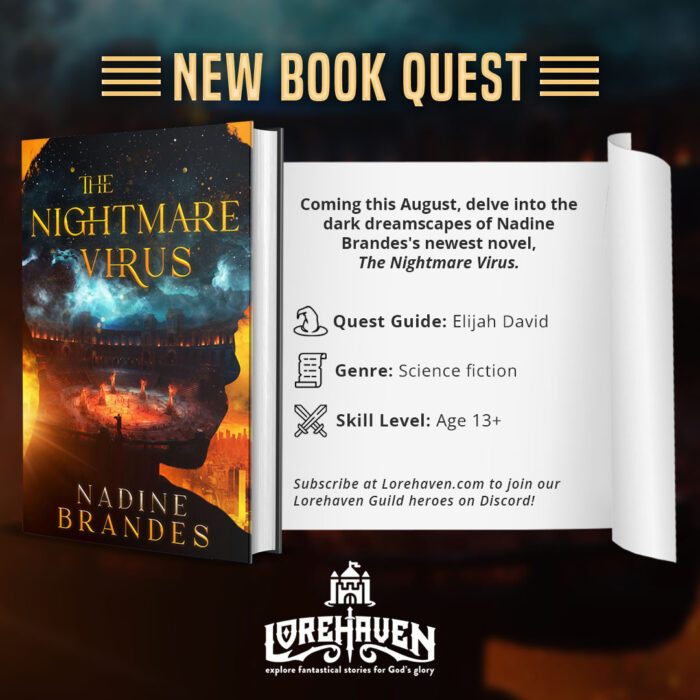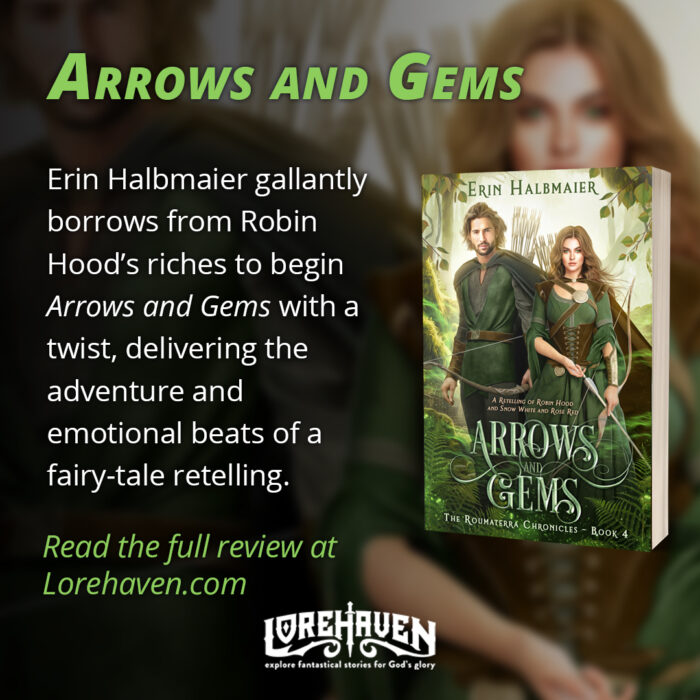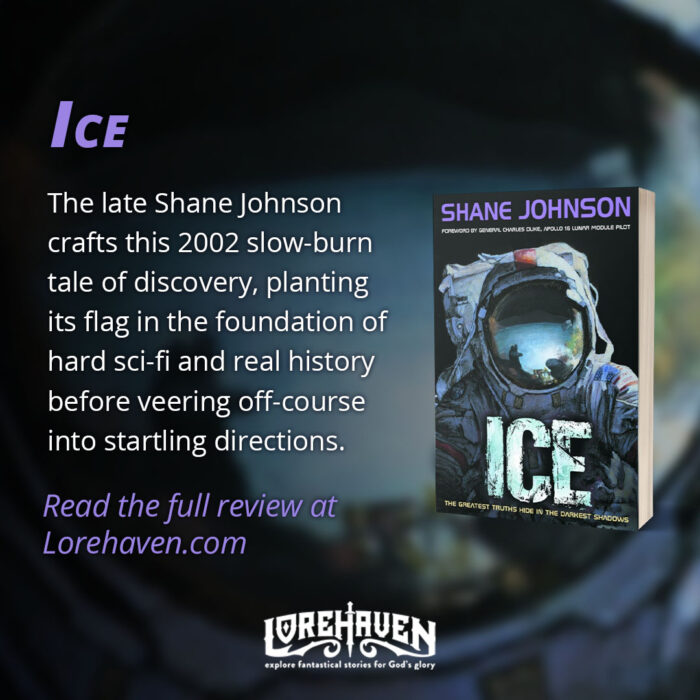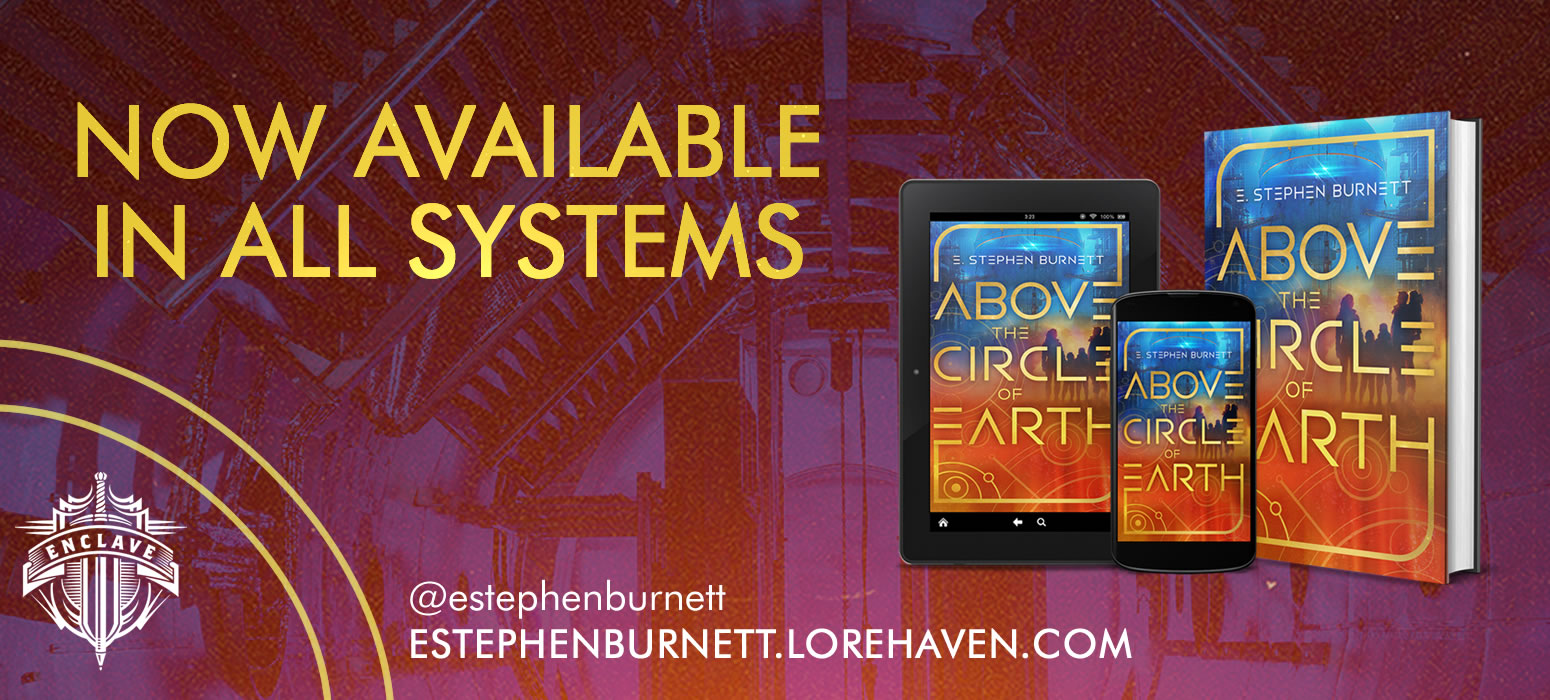Exploring ‘The Hobbit’ Chapter 15: The Gathering Of The Clouds
Friends keep asking me if I think The Hobbit: The Battle of the Five Armies film will be better than last year’s fantastical but silliness-overkill-laden The Hobbit: The Desolation of Smaug.
I’m inclined to say yes, based on a few educated guesses — including today’s book chapter.
First, Tolkien himself writes the end of The Hobbit as if he’s already thinking of the future film adaptation that seems so unlike Tolkien. Bilbo still plays a pivotal role, but the story is suddenly all about political maneuverings between Dwarves, Elves and Men. Thorin is a total postmodern-like subversion of the Christian/medieval ideal of a good returning king. The “simple children’s story” that many people wrongly remember The Hobbit being has suddenly turned into a very grown-up story that’s more like The Lord of the Rings.
Thus, here the film version could stay more faithful to the book and avoid the tonal clashes that the second film (and to some extent the first) generated while trying to evoke both the whimsy of The Hobbit book’s early chapters and the epic battles of The Lord of the Rings.
Second, the ending of a three-part story is almost always easier to make than the middle.
Third, Jackson’s first Middle-earth film trilogy’s weaker chapter is arguably right in the middle, The Two Towers, according to some fans. My own wife in particular still leaves the room during the Faramir-turned-to-“Filmamir” moments.1 Re-viewing the film — especially the theatrical version — you can tell it was a struggle to tie all the story threads together. Films one and two didn’t have these difficulties.
If I’m right, The Hobbit: The Battle of the Five Armies will not struggle as much as it ends the trilogy, thanks in part to the book’s more-intricate, less-whimsical chapters like this one.
Chapter 15: The Gathering of the Clouds
- Here are more birds, perhaps with associated mythological meaning (which may have been why Tolkien used them). Why might Balin dislike crows and favor ravens? Have you read other stories in which either kind of bird serves as a kind of omen? (Consider also the sound effects of crows cawing used in movies — what sense does that bring?)
- In this case, does Roäc the raven bring good news or bad news to the heroes? How does it already sound like even Smaug’s early death is not as good a news as we would think?
- Why do you think Tolkien wanted to add such a surprising twist to the story — making it so that the dragon’s death is not the end, the titular hero did not slay Smaug, and no one immediately lives happily ever after when the quest is ended? What other stories do you remember in which the expected ending is subverted? How may they be better?
- “Who are you,” [Thorin] called in a very loud voice, “that come as if in war to the gates of Thorin son of Thrain, King under the Mountain, and what do you desire?” (page 248) Why does Thorin react this way? Does this seem to Bilbo (or to you) right, wrong, or mixed?
- Then Bilbo longed to escape from the dark fortress and to go down and join in the mirth and feasting by the fires. Some of the younger dwarves were moved in their hearts also, and they muttered that they wished things had fallen out otherwise and that they might welcome such folk as friends, but Thorin scowled. (page 248) In the story, which person is subverting the expected happy ending? We can call this bad, but is he sympathetic?
- Many The Hobbit: An Unexpected Journey film reviewers insist that the movie was too dark or complicated, while the book was a simple children’s story. Is this part “simple”?
- “I am Bard, and by my hand was the dragon slain and your treasure delivered. Is that not a matter that concerns you?” (page 251) How does Bard’s response to Thorin’s insular threats affect the standoff? What does it show us about Bard’s and Thorin’s characters?
- “The price of the goods and the assistance that we received of the Lake-men we will fairly pay — in due time.” (page 251) Do you think Thorin truly means to pay reparations?
On whose “side” here, if any, would you be: Thorin’s, Bilbo’s, or the gathering armies?
- Tolkien’s The Two Towers establishes that Faramir, brother of the late Gondorian warrior Boromir, is the nobler of the two brothers. Where Boromir was tempted to take the evil One Ring, Faramir bluffs Frodo Baggins and readers by feigning similar temptation, then proclaims he would never do such a thing. But in the film version, “Filmamir’s” temptations are all but real, driven by a screenwriting-manual-friendly desire to please his overbearing father Denethor (which, to be fair, is a theme drawn directly from Tolkien in The Return of the King). ↩







































I hope you’re right. It’s funny–the additions to Desolation of Smaug were either brilliant (Necromancer) or horrible (GlowyTauriel), but fingers crossed that the conclusion will be more faithful.
Pulled from Tolkien’s original content or else faithful to his images for Sauron.
Pulled from … movie-land, or misguided-fanservice-land.
Methinks I spy a trend. 🙂